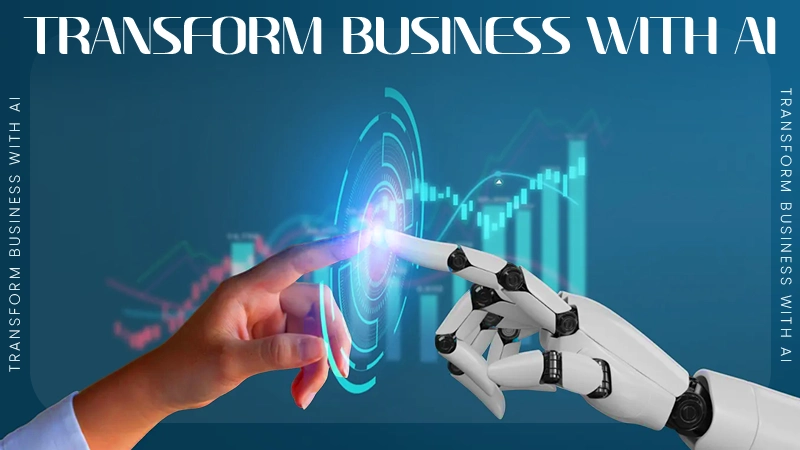Cybercrime is a fact of life that forward-thinking businesses plan for long before it can turn from a nebulous threat into a career-ending crisis. It can impact everything from your profit margin to your public image, severely hampering future prospects.
Knowing what you’re up against is the first step toward devising a proactive and effective mitigation strategy. Here are the six most serious cyber threats businesses face today and how to avoid them.
1. Phishing & Social Engineering
Companies that fail to invest in cybersecurity training for their employees risk the failure of even the most sophisticated defenses through human error. Phishing is the most obvious example of social engineering and continues to be more challenging to detect as attackers use AI and hacking services to produce phishing emails in ever larger quantities.
These emails claim to be from business partners, government organizations, banks, and other authoritative sources. They trick recipients into providing login credentials for associated accounts and can convey harmful malware through attachments.
2. Data Breaches
Some phishing attempts might compromise a single account. Others are precursors to the vast majority of data breaches. The most serious breaches, like the 2021 Facebook leak, expose millions of data points. These include personal customer information, intellectual property, financial logs, and other sensitive information attackers can sell or misuse.
Strong authentication practices help mitigate data breach risks. Role-based access control and the principle of least privilege ensure employees can only access company resources needed to do their jobs. Additionally, implementing strong password policies is crucial. Informing your team about what a password manager is and enforcing them to use one simplifies unique credential creation, which reduces the likelihood of account compromise.
3. Ransomware
Some of the most devastating cyber threats make day-to-day operations impossible. DDoS attacks are a common example, but they are temporary and impact digital businesses more than brick-and-mortar stores.
Ransomware is even more dangerous since it can rapidly spread through an infected company network and lock devices down until you meet the demands. The downtime cost grows exponentially, not to mention what the lack of availability does to customer trust.
Setting up firewalls and intrusion prevention systems, running frequent antimalware scans, and having a robust data backup strategy can mitigate the fallout.
4. Man-in-the-Middle Attacks
Spending time and resources fortifying your central networks from cyberattacks is still sensible. However, it might not be enough now that remote and hybrid work put employees in situations where they may access company assets through insecure connections.
Public Wi-Fi is the main offender, as attackers can bypass its weak and outdated protections to intercept data. Victims of these man-in-the-middle attacks may unwittingly expose login credentials and other sensitive information the attacker can use to circumvent sturdier defenses.
Employees outside the reach of your centralized protections should always use a VPN when communicating with colleagues or exchanging data. Some VPNs employ scam and fraud alerts to keep each team member safe. Overall, you and your team protect business data from threats with a VPN.
Moreover, a VPN’s encryption envelops the connection and prevents eavesdroppers from accessing any usable information. It hides your IP address, so neither they nor ISPs can infer VPN users’ browsing histories.
5. Malicious Insiders
Most cyber threats with humans as attack vectors happen unintentionally and as a result of ignorance. However, sometimes individuals with extensive knowledge of company systems will use their privileged status to harm their employer. Some do it for personal gain, others see it as payback for perceived slights. A growing number of attacks is also carried out by state-sponsored malicious insiders who gather intelligence and steal intellectual property to give their backers an advantage.
Apart from the access controls mentioned earlier, monitoring user behavior for anomalies and ensuring past employees’ clearance is revoked upon dismissal can help detect and prevent malicious insider efforts.
6. Supply Chain Attacks
While prudent, comprehensive cybersecurity practices and an educated workforce don’t make businesses impregnable. Attackers who find these tough to overcome turn to suppliers and third-party vendors such companies necessarily collaborate with, hoping their defenses aren’t as secure.
A supply chain attack happens when attackers exploit vulnerabilities in software offered by third parties. They may escalate privileges by executing malicious code introduced in a software update, creating backdoors, and extracting data. Compromising cloud storage providers is another common tactic since they work with businesses of varying sizes from different industries.
Careful and continuous vetting of third-party providers is the most effective way of preventing supply chain attacks. Ask that partners comply with security standards like ISO 27001 and verify any software updates before applying them.







